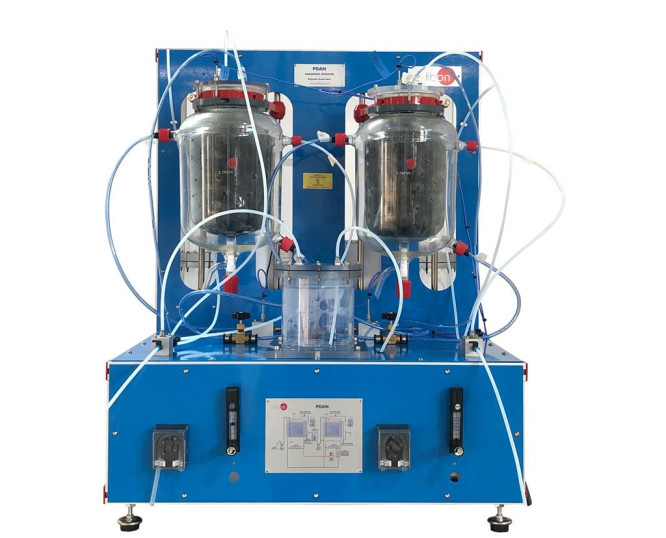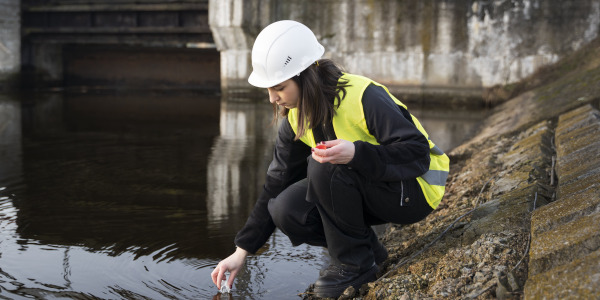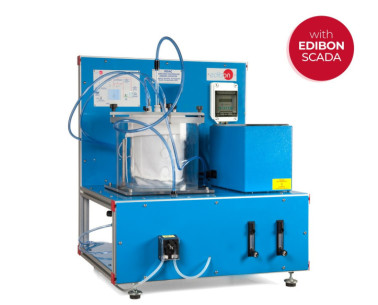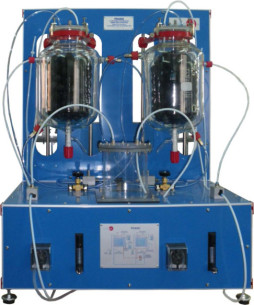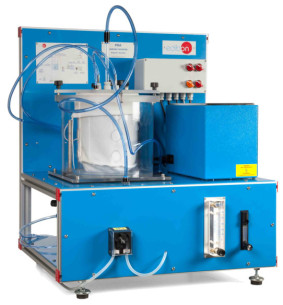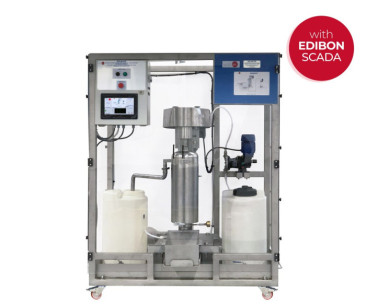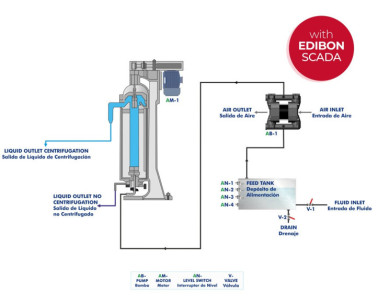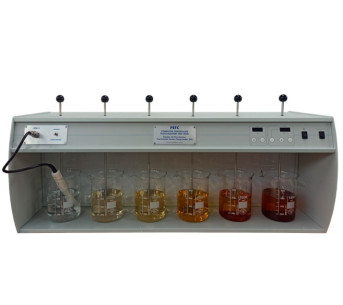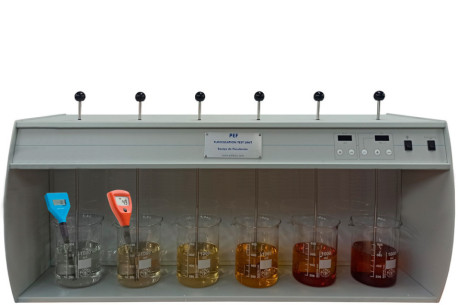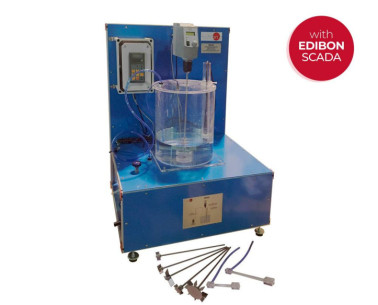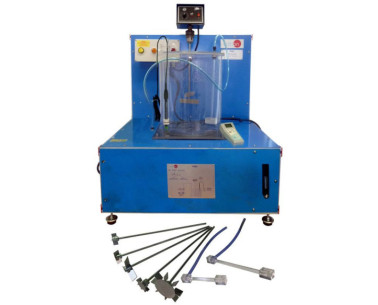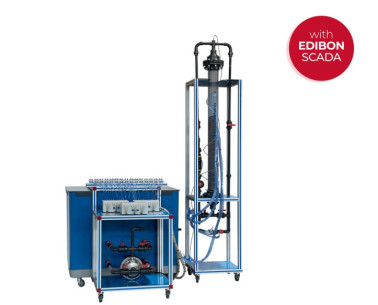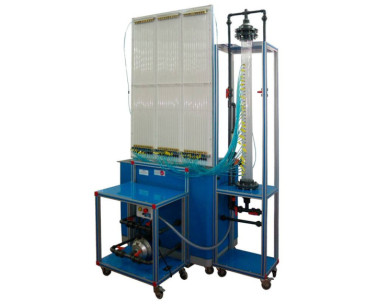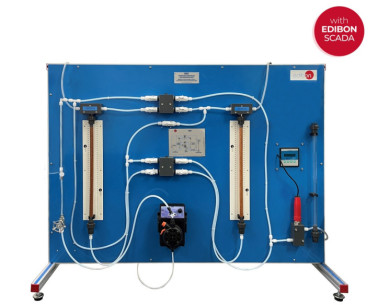Dans un monde où le changement climatique représente l’une des plus grandes menaces pour notre avenir, l’adsorption du dioxyde de carbone (CO₂) est devenue une priorité urgente. L’augmentation de la concentration de CO₂ dans l’atmosphère, principalement due aux activités humaines telles que la...
Chez EDIBON, nous sommes engagés à renforcer les compétences comme pilier stratégique pour la compétitivité et le bien-être social de l'Union européenne. Une formation adéquate renforce non seulement l'économie, mais permet également aux individus de participer pleinement à la société et à la...
La Captation Directe de l'Air (DAC) est une technologie innovante qui élimine le CO₂ directement de l'air en utilisant des réactions chimiques avec des solvants liquides ou des absorbants solides. Malgré des défis tels que des coûts élevés et une consommation d'énergie importante, la DAC offre...
Installations de Traitement des Eaux Usées
Alors que les usines de traitement de l'eau potable se concentrent sur la fourniture d'eau potable sûre, les installations de traitement des eaux usées gèrent le traitement de l'eau usée avant qu'elle ne soit à nouveau libérée dans l'environnement.
Ces...
 Préférences sur les cookies
Préférences sur les cookies

